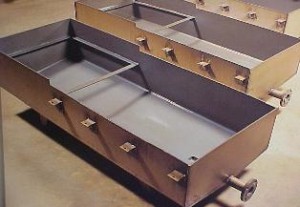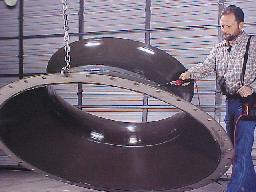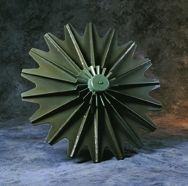
Paraffin Wax Operation

INDUSTRY: Paraffin Wax Manufacturing and Processing
APPLICATION: Stainless steel pans utilized in forming solid blocks of paraffin wax
PROBLEM:
A major manufacturer and processor of paraffin wax was experiencing release problems on his conveyor lines in the processing of paraffin. Hot liquid paraffin being poured into stainless steel pans and conveyorized into chilling rooms for cooling were sticking to the pans rather than releasing after exiting the chilling rooms. Hammers were used to beat on the bottoms of the pans by operators. Coatings from other suppliers were applied including silicone and other bakery-type release coatings, but failed to solve this problem.
SOLUTION: Impreglon 870 Coating
Impreglon 870 coating was applied to the inside surfaces and outside edges of the pans. Coatings from other coating companies were also applied for comparative testing. After four to six weeks all the competitors’ coatings were beginning to fail. The Impreglon 870 coating continued to provide the necessary release. The test ran for two years with no apparent sticking or removal of the Impreglon coating.
CONCLUSION:
The customer specified the Impreglon 870 coating be applied to all paraffin pans. The total number of pans exceeded 4,000. They were coated in batches of 150-200 at a time. To date, more than 3,000 pans have been processed.










Recent Comments